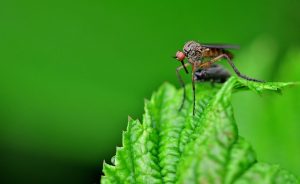Effective mosquito and tick control involves understanding species-specific behavior patterns, habitat preferences, and seasonal activity cycles. Traditional chemical pesticides are addressed through modern integrated approaches combining biological methods, targeted insecticides, and natural predators. Eco-friendly solutions like essential oils from plants (citronella, lavender, basil) and beneficial insects offer sustainable alternatives. Responsible use of chemicals with strict adherence to instructions ensures safety while seasonal strategies focusing on yard maintenance and physical barriers significantly reduce pest populations. Professional control leverages advanced equipment and expert knowledge, while community collaboration under public health leadership is vital for managing disease vectors and maintaining safer environments.
In the realm of pest management, effective mosquito and tick extermination is paramount for maintaining a healthy living environment. These pesky creatures not only disrupt outdoor activities but also pose significant health risks through disease transmission. Understanding their behavior, habitats, and patterns is crucial for implementing successful control strategies. From traditional chemical treatments to natural repellents, seasonal preparations, and preventative measures, this article explores comprehensive mosquito and tick control methods. By delving into these techniques, you’ll gain valuable insights into managing infestations while prioritizing safety and community health.
Understanding Mosquito and Tick Behavior: Identifying Their Habitats and Patterns
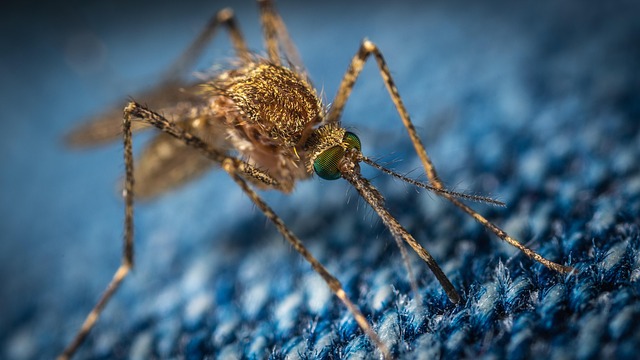
Understanding the behavior of mosquitoes and ticks is a crucial step in implementing effective mosquito and tick control measures. Mosquitoes and ticks are most active during specific times of the day and year, depending on their species. For instance, many mosquitoes are most active at dawn and dusk, while some tick species prefer the cooler temperatures of early morning or late afternoon. Knowing these patterns allows property owners and pest control professionals to target treatments more precisely.
These insects also have distinct habitats and preferences for where they breed and rest. Mosquitoes often breed in standing water, so eliminating such water sources around your property can significantly reduce their population. Ticks, on the other hand, tend to seek out hosts in tall grass, underbrush, and areas with low vegetation, making regular lawn care and landscaping practices important tools in mosquito and tick control.
Traditional Mosquito and Tick Extermination Methods: Pest Control Solutions

Traditional methods for mosquito and tick control often involve chemical pesticides, which can be effective but come with potential environmental and health concerns. These chemicals are typically applied outdoors, targeting areas where mosquitoes and ticks are known to congregate, such as near standing water or in dense vegetation. However, their effectiveness is limited, as these pests can quickly adapt and develop resistance.
Pest control solutions have evolved to include more integrated approaches, combining biological, chemical, and environmental strategies. For example, introducing natural predators like certain bird species or insects that feed on mosquitoes can help reduce their population. Additionally, removing standing water sources where mosquitoes breed, using mosquito traps, and treating areas with permethrin or other approved insecticides offer more sustainable and safer alternatives for mosquito and tick control.
Natural Repellents and Organic Controls: Eco-Friendly Approaches

Natural Repellents and Organic Controls offer eco-friendly approaches to mosquito and tick control, appealing to those who prioritize environmental sustainability. Plants like citronella, lavender, and basil have long been known for their insect-repelling properties; planting these around your home or using them in essential oil diffusers can help deter mosquitoes naturally.
Additionally, organic controls such as beneficial insects (predatory mites that feed on ticks) and natural predators (birds, bats, and certain reptiles) can be introduced to the ecosystem. Maintaining a balanced environment by avoiding pesticides and promoting biodiversity is key. Organic methods not only reduce environmental impact but also foster a healthier, more sustainable ecosystem, making them attractive alternatives for effective mosquito and tick control.
Chemical Treatments: Effective but Potentially Harmful, Application Precautions
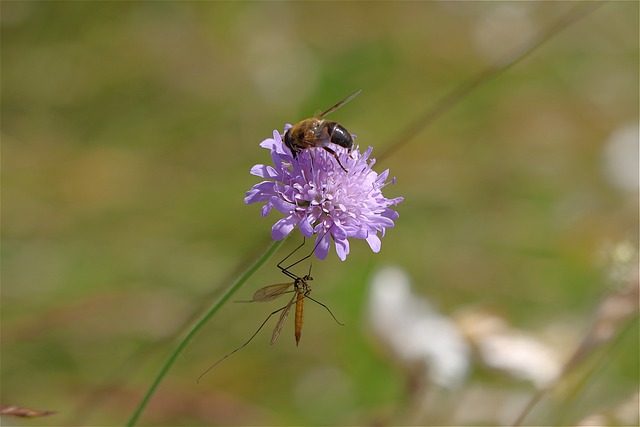
Chemical treatments are often the first line of defense in mosquito and tick control, offering swift and effective results against these pesky vectors. However, it’s crucial to recognize that these chemicals can be harmful if not used properly. Pesticides, including those designed for outdoor spaces and homes, may contain ingredients that pose risks to human health and the environment if mismanaged or overused.
Application precautions are vital when employing chemical treatments. Always follow product instructions carefully, ensuring proper ventilation during application and avoiding contact with skin and eyes. Keep treated areas away from children, pets, and wildlife, as residual chemicals can be toxic to them. Regular monitoring and responsible use are key to maintaining a safe environment while enjoying effective mosquito and tick control.
Seasonal Strategies: Preparing for Peak Mosquito and Tick Activity

As mosquitoes and ticks are most active during warmer months, preparing for peak activity is crucial for effective mosquito and tick control. Seasonal strategies should focus on understanding their life cycles and behavior patterns. In the spring, after winter hibernation, adult mosquitoes emerge and start breeding, while ticks become more active as temperatures rise above freezing. Implementing preventive measures early ensures a safer outdoor experience during the peak seasons.
Regular yard maintenance plays a vital role in mosquito and tick control. Clearing dense vegetation, trimming grass, and removing standing water—common breeding grounds for these pests—significantly reduces their population. Additionally, using insect repellents, installing screens on windows and doors, and considering professional treatments can enhance protection against these irritating and potentially dangerous insects.
Preventative Measures: Protecting Your Space from Infestations
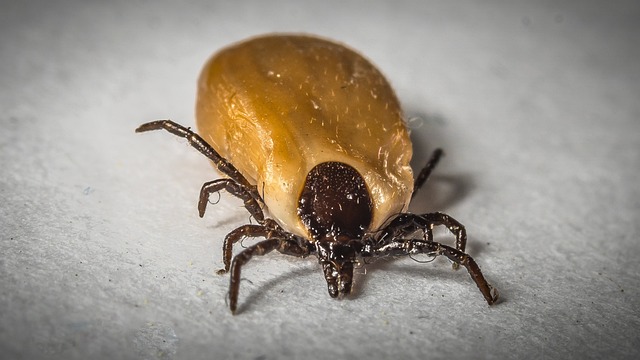
Protecting your space from mosquito and tick infestations begins with comprehensive prevention strategies. One effective approach is maintaining a clean environment, especially around standing water, as mosquitoes breed in stagnant water sources. Regularly emptying containers, such as flower pots or buckets, and cleaning birdbaths can significantly reduce breeding grounds. Additionally, ensuring proper drainage and repairing any leaks can mitigate the risk of mosquito and tick presence.
Implementing physical barriers is another crucial aspect of mosquito and tick control. Installing fine-mesh screens on windows and doors keeps these pests out while allowing fresh air to circulate. Trimming vegetation and keeping grass short reduces hiding spots for ticks, making your outdoor areas less inviting. Regular inspections and quick responses to any signs of infestation are key to maintaining a pest-free environment.
Specialized Equipment and Tools for Professional Extermination
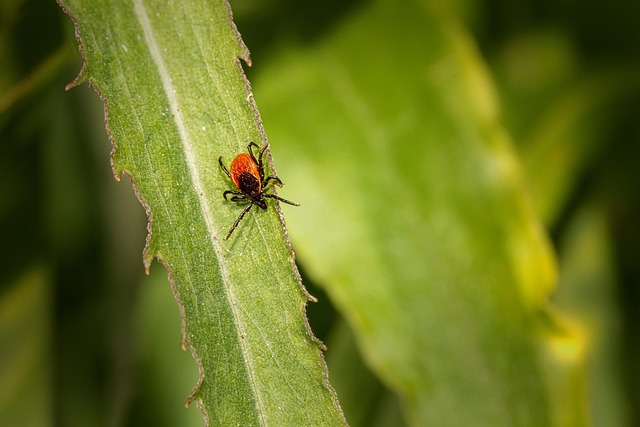
Professional mosquito and tick extermination requires specialized equipment and tools designed for accurate, safe, and effective treatment. These include advanced sprayers that can deliver targeted chemicals at the right concentration, ensuring minimal environmental impact while maximizing coverage. Drones equipped with precision spraying mechanisms are also in use, especially in hard-to-reach areas like tall grasses or dense foliage. For tick control, specialized vacuum devices are used to suck and trap these insects, minimizing the risk of bites. Additionally, professionals employ foggers and misting systems that create a fine spray of insecticides, effectively treating large outdoor spaces. These tools, combined with expert knowledge of mosquito and tick behavior, enable professionals to provide superior control services.
Community and Public Health Considerations in Mosquito and Tick Control
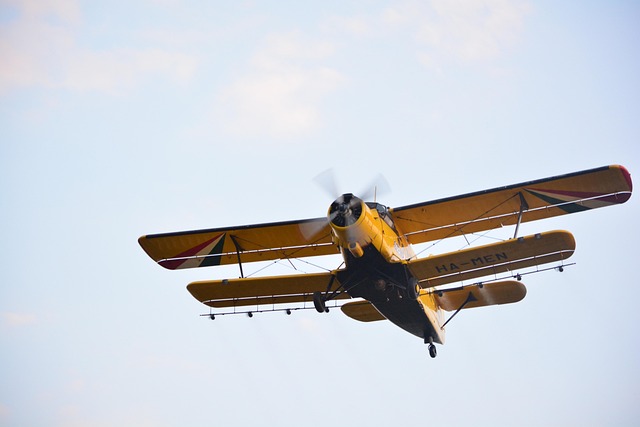
In the context of mosquito and tick control, community and public health considerations are paramount. These tiny yet potent vectors transmit a myriad of diseases, posing significant risks to communities worldwide. Effective control strategies must balance the need for pest eradication with the safety of both human inhabitants and local ecosystems.
Public health officials play a pivotal role in implementing integrated mosquito and tick management plans. This involves educating residents on preventive measures, monitoring disease trends, and selecting safe and environmentally sound control methods. By fostering collaboration between healthcare providers, vector control specialists, and community members, we can collectively mitigate the impact of these arthropods, ensuring healthier and safer public spaces.
